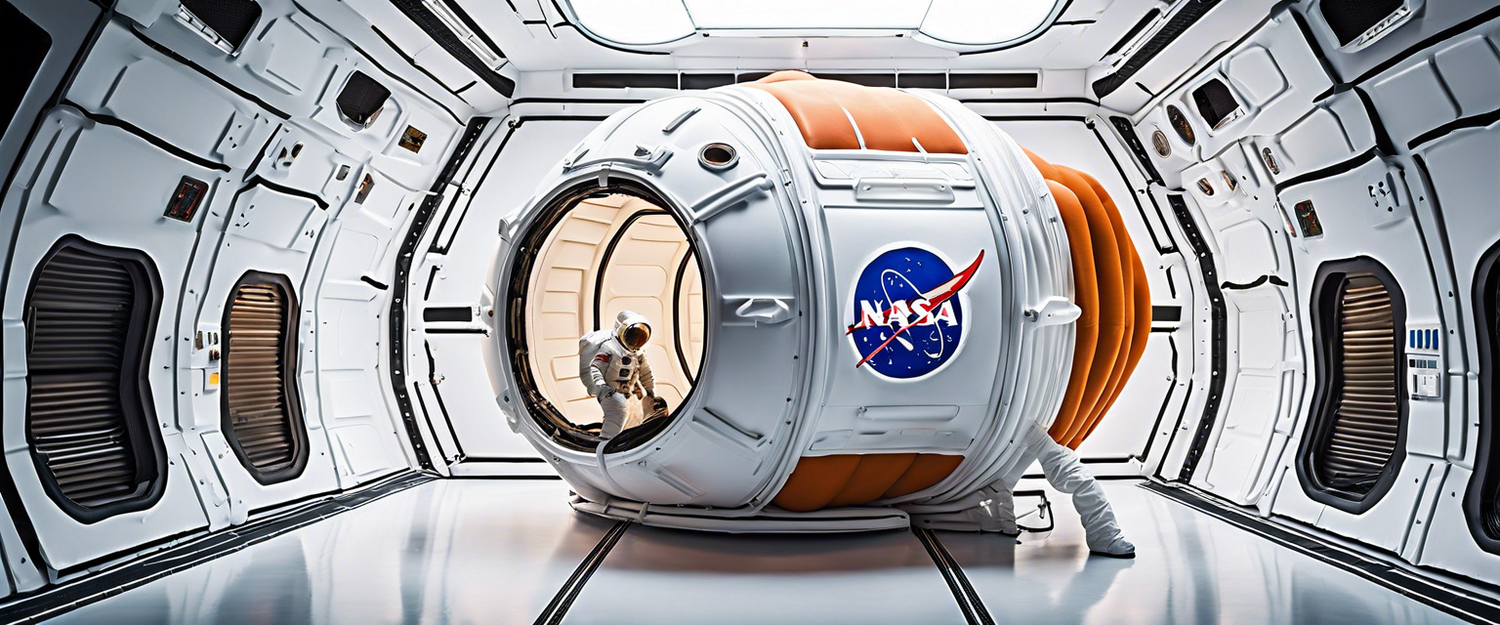NASA & Sierra Space's Successful Space Habitat Test: An Overview
In June, NASA and Sierra Space conducted a significant test on an inflatable space habitat, and the results are generating excitement in the aerospace community. Known as the Large Integrated Flexible Environment (LIFE), this structure demonstrated remarkable resilience during its Ultimate Burst Pressure test, exceeding safety thresholds set by NASA.
Impact of the Burst Pressure Test
The LIFE habitat successfully withstood pressures of up to 74 psi before bursting. Notably, this was achieved at a level that surpassed NASA’s recommended safety limits by 22 percent, demonstrating the robustness of the design. This test builds on the structure's previous stress test conducted in January, and contributes valuable data for the Orbital Reef space station project, a collaborative endeavor involving NASA, Blue Origin, and Sierra Space.
Innovation in Space Habitat Design
Sierra Space has leveraged advanced materials in constructing LIFE. The habitat is made from a unique "basket-weaved Vectran fabrics" that not only ensure durability but also gain strength when inflated. This innovative design is intended to enhance the habitability and scalability of future living spaces in orbit.
Expanding Possibilities: The LIFE 285 Model
The model tested this June, dubbed LIFE 285, stands over 20 feet tall and resembles the size of an average family home. The design incorporates larger, lighter "blanking plates" on its walls, allowing for an expanded interior and more significant window opportunities. According to Beth Licavoli, the program manager for softgoods at Sierra Space, the test is critical for achieving the design stability necessary for certification of the habitat's pressure shell.
Future Prospects for Space Habitats
This successful burst test not only verifies LIFE's current design but also affirms the potential for scalability. Sierra Space projects that next year they will advance to testing for their first 500 cubic-meter space station technology. The implications of this are vast, enabling larger, more complex habitats to support human life in space.
The Road Ahead
As the aerospace industry continues to push boundaries, tests like these are pivotal in paving the way for future space exploration and habitation. The promising results from the LIFE habitat could very well be foundational in building tomorrow's orbital colonies, signifying a leap forward in sustainable living in outer space.



Leave a comment
All comments are moderated before being published.
This site is protected by hCaptcha and the hCaptcha Privacy Policy and Terms of Service apply.